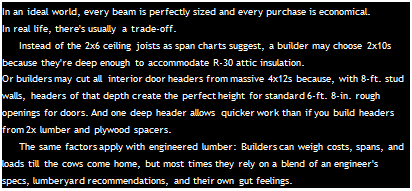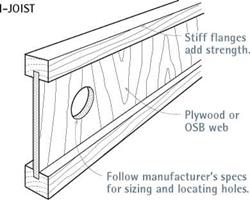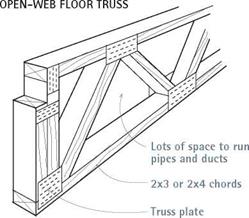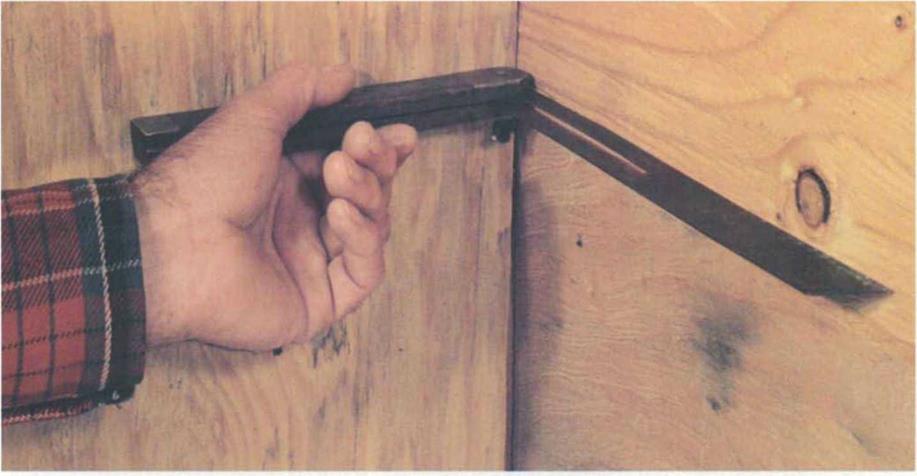Engineered Lumber
Like any natural product, standard lumber is quirky. It has knots, holes, and splits. And it twists, cups, and shrinks. As mature old-growth timber was replaced by smaller, inferior trees, lumber quality became less reliable—much to the dismay of builders.
In response, the lumber industry combined wood fiber and strong glues to create engineered lumber (EL), including I-joists, engineered beams, plywood, and particleboard. EL spans greater distances and carries heavier loads than standard lumber of comparable dimensions. In addition, EL won’t shrink and remains straight, stable, strong and—above all—predictable.
Still, EL has two main drawbacks: It’s heavy, so dense that it must often be predrilled, and it costs considerably more than sawn lumber. Even so, EL is here to stay.


![]()









